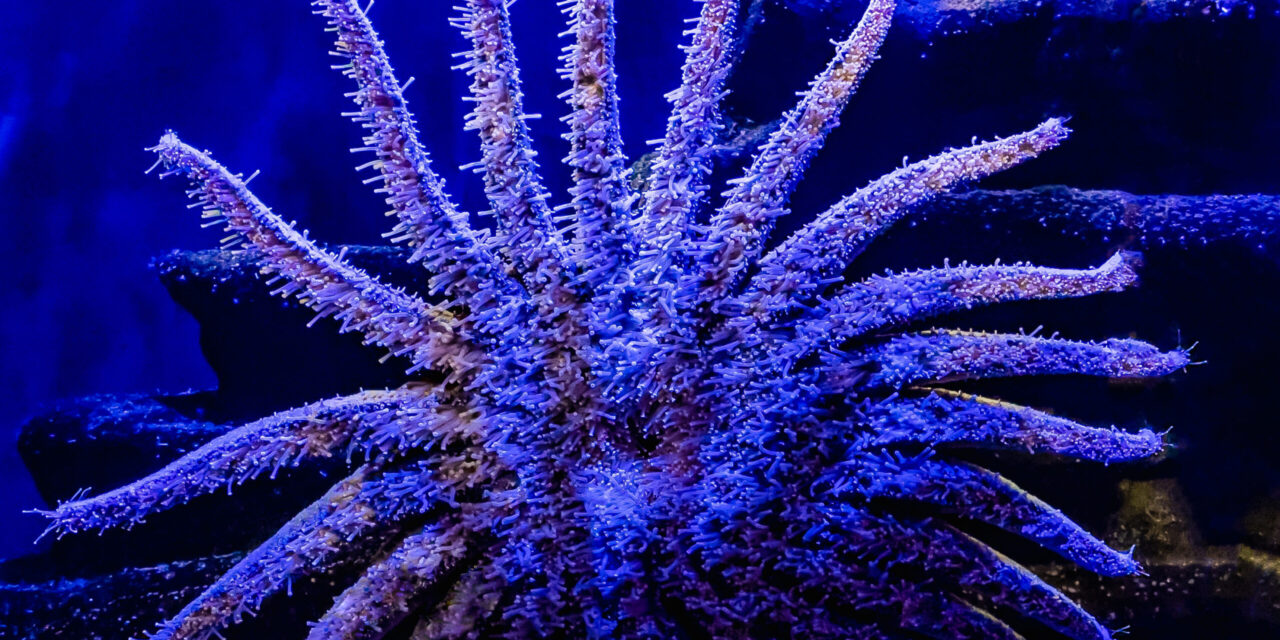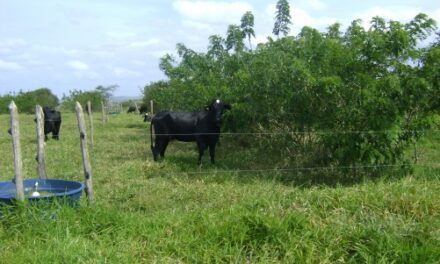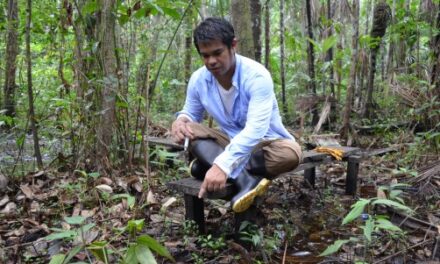
By SDCN Editor
La Jolla, CA–Birch Aquarium at Scripps Institution of Oceanography at UC San Diego successfully spawned three Sunflower Sea Stars in partnership with the Aquarium of the Pacific, Steinhart Aquarium at California Academy of Sciences, San Diego Zoo Wildlife Alliance, and the Sunflower Star Laboratory, a monumental milestone in the recovery of these larger-than-life stars.
This is the second time the Birch Aquarium has induced spawning on a Sunflower Star, the institution said.
“Sunflower Stars are considered functionally extinct in our own state of California,” said Melissa Torres, Assistant Dive Safety Officer and Aquarist at Birch Aquarium. This species is also considered to be functionally extinct in Oregon. “Our collective goal is to save them from extinction.”
The aquarium is part of the Association of Zoos and Aquariums Saving Animals From Extinction (SAFE) Sunflower Sea Star program alongside several zoos, aquariums, and professionals from many backgrounds to help reestablish populations of Sunflower Stars on the West Coast. The conservation work is also part of a comprehensive multi-faceted, multi-partner “Roadmap to Recovery” to help accelerate the recovery of this species along the West Coast.
“It’s incredible to see the huge collaboration that has taken place over the past two years to bring awareness to the plight of the sunflower sea star,” said Jenifer Burney, Aquarium of the Pacific senior aquarist and co-chair of the AZA SAFE Sunflower Sea Star Program. “There is a massive team of scientists and educators working to try to save this species in the wild, and seeing how far we’ve come in such a short time gives me a lot of hope for the future.”
For nearly a decade, a mysterious Sea Star Wasting Disease has swept across the West Coast, causing a mass die-off of sea stars particularly in warming waters. It hit Sunflower Sea Stars the hardest, nearly driving them to extinction. This is a big deal as these pizza-sized stars play an essential role in the overall health of kelp forests. They keep sea urchin populations in check, safeguarding kelp forests from the adverse effects of overgrazing by sea urchins.
“It’s wonderful to have so many AZA partners working together to help create a regional pathway to aid this species recovery,” said Ashley Kidd, conservation aquaculture project manager at Sunflower Star Laboratory.
In the wild, sea stars broadcast spawn, meaning the males and females freely release sperm and eggs into the ocean, where they mix and hopefully fertilize. This strategy relies more on chance encounters for fertilization, rather than direct mating. However, at Birch Aquarium, spawning is not necessarily left up to chance.
“Birch Aquarium can help this recovery effort by providing genetic diversity, exemplary animal care techniques, and groundbreaking new protocols,” said Torres. The aquarium is home to five Sunflower Stars, one of the largest aquarium populations in California.
Behind the scenes, a concoction of spawn-inducing hormones was carefully prepared and administered to three Sunflower Stars at Birch Aquarium. Each mixture was made specifically for each star based on its weight. Then, the waiting game began. After a few hours, the stars assumed a downward dog-like pose on the tips of their arms and released sperm, determining that all were male.
The sex of three of Birch Aquarium’s Sunflower Stars was unknown until this spawning event — which is why the aquarium decided to induce these particular stars. Back in February the aquarium induced one sea star and determined it was female. Then in March, a different star naturally spawned and was sexed as male. Now, the aquarium can confidently confirm that four males and one female make up its population.
These cells were quickly scooped up via delicate glass pipettes, deposited into individual vials, and transferred to the aquarium’s lab where they were cryogenically frozen. The samples, once frozen, can be reanimated for future conservation and research efforts and will be shared with numerous organizations, including the Aquarium of the Pacific in Long Beach, California.
“Partnerships are key to conservation efforts to recover the Sunflower Star, and the San Diego Zoo Wildlife Alliance’s Reproductive Sciences team is honored to share its knowledge and resources to advance cryopreservation techniques for this species,” said Nicole Ravida, manager of the San Diego Zoo Wildlife Alliance Laboratory in Reproductive Sciences.
San Diego Zoo Wildlife Alliance and collaborators at Friday Harbor Labs have already had success in Sunflower Star cryopreservation efforts. Recently, frozen Sunflower Star sperm was thawed and used to fertilize eggs resulting in larvae developing with an up to 90 percent success rate, according to Ravida.
“This is an exciting step forward for sea star recovery science and protecting genetic biodiversity,” she continued.
Moving forward, Birch Aquarium will continue to coordinate with its SAFE Sunflower Star program partners – including the Aquarium of the Pacific, Steinhart Aquarium, San Diego Zoo Wildlife Alliance, and the Sunflower Star Laboratory – for future spawning efforts. The goal is to spawn the males to cross-fertilize with the females to increase the genetic diversity of Sunflower Star populations.
“Steinhart Aquarium is thrilled to collaborate with our colleagues across the state on such an important project. We each bring unique strengths and resources to the table, and only by combining our expertise can we make a meaningful impact on the restoration of this critically endangered animal,” said Riah Evin, senior biologist, Steinhart Aquarium at California Academy of Sciences. Already well-known for its expertise in raising larval species, Steinhart Aquarium will focus on rearing larvae of this critically endangered star over the next year.
The coalition is hopeful that within the next five to ten years they can work with California Fish and Wildlife to release animals raised in their facilities into the wild and re-establish local populations of Sunflower Stars, a critical component of restoring ecosystem equilibrium for kelp forests.




